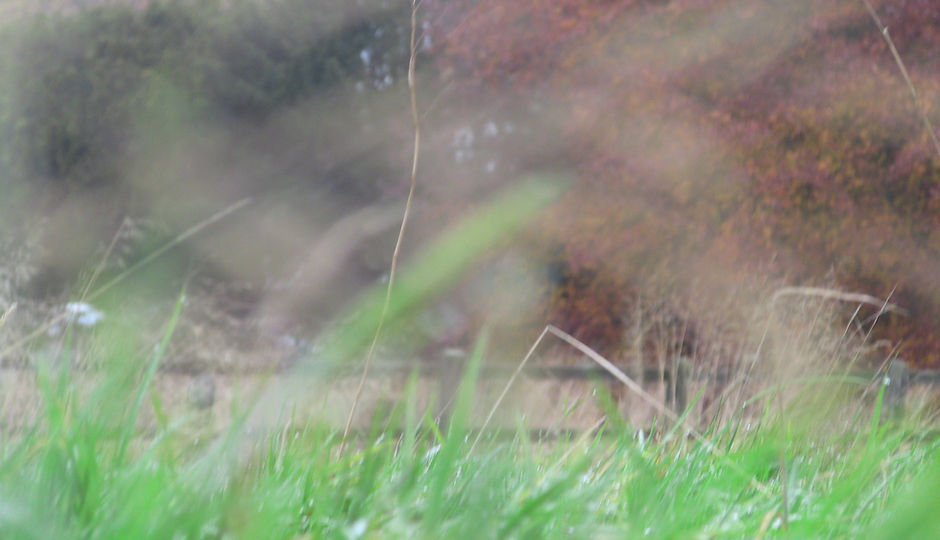Recent Posts
Archive
Tags

LISMORE FIELDS
The Roots
Lismore Fields is situated in what is considered the highest market town in England - Buxton Spa.
The ancient settlement at Lismore Fields dates back to the Mesolithic period, also known as the Middle Stone Age, which in Britain commenced about 8000BC.
Lismore Fields contains the structural remains of a Mesolithic timber roundhouse.
Mesolithic flint implements have been found at Lismore Fields.
Lismore Fields contains Neolithic longhouses.
Neolithic pottery and implements have been found at Lismore Fields.
The Neolithic longhouses found at Lismore Fields have been recognised as two of the best preserved examples discovered in the whole of Britain.
The cereal storage found in the remains at Lismore Fields is one of the largest earlier Neolithic assemblages in England.
The ancient settlement at Lismore Fields was only discovered in 1984.
The settlement at Lismore Fields is older than the oldest Egyptian pyramid.
Lismore Fields is now a Scheduled Monument.
Analysis of pollen found in some soil samples taken from Lismore Fields show that humans have been active on the site continuously since Mesolithic times.
Lismore Fields is possibly the earliest record of cereal cultivation ever found in Britain.
Radiocarbon dating to one of the buildings suggests it may originate from as early as 3800BC
The settlement at Lismore Fields would have been active at the time the water we now drink as Buxton Water was falling as rain. It takes about 5000 years for the rainfall to pass through the limestone and re-emerge.
It’s been stated the radio carbon dating at Lismore Fields produced the best radiocarbon sequence for a 4000bc period settlement in Britain.
The first trial trench at Lismore Fields was excavated by Trent and Peak Archaeological Trust in search of a Roman road.
A Mesolithic flint industry is believed to have been present on the site at Lismore Fields.
Important environmental evidence from Lismore Fields suggests forests were being deliberately burnt in Mesolithic times in order to alter the surroundings.
































